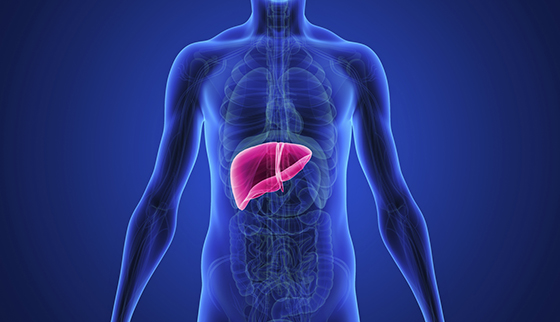
Breaking News
44 Special vs. 357 Magnum: Which Cartridge Is Right for You?
 Both Canadian and U.S. RVers are reporting harassment because of political tensions
Both Canadian and U.S. RVers are reporting harassment because of political tensions
 TEENS Turn a BARREN Paddock Into a FARM That Feeds Their Community!
TEENS Turn a BARREN Paddock Into a FARM That Feeds Their Community!
 Putting a Price on Life: From 9/11 to the BP Oil Spill and Boston Marathon
Putting a Price on Life: From 9/11 to the BP Oil Spill and Boston Marathon
Top Tech News
 Graphene Dream Becomes a Reality as Miracle Material Enters Production for Better Chips, Batteries
Graphene Dream Becomes a Reality as Miracle Material Enters Production for Better Chips, Batteries
 Virtual Fencing May Allow Thousands More Cattle to Be Ranched on Land Rather Than in Barns
Virtual Fencing May Allow Thousands More Cattle to Be Ranched on Land Rather Than in Barns
 Prominent Personalities Sign Letter Seeking Ban On 'Development Of Superintelligence'
Prominent Personalities Sign Letter Seeking Ban On 'Development Of Superintelligence'
 Why 'Mirror Life' Is Causing Some Genetic Scientists To Freak Out
Why 'Mirror Life' Is Causing Some Genetic Scientists To Freak Out
 Retina e-paper promises screens 'visually indistinguishable from reality'
Retina e-paper promises screens 'visually indistinguishable from reality'
 Scientists baffled as interstellar visitor appears to reverse thrust before vanishing behind the sun
Scientists baffled as interstellar visitor appears to reverse thrust before vanishing behind the sun
 Future of Satellite of Direct to Cellphone
Future of Satellite of Direct to Cellphone
 Amazon goes nuclear with new modular reactor plant
Amazon goes nuclear with new modular reactor plant
 China Is Making 800-Mile EV Batteries. Here's Why America Can't Have Them
China Is Making 800-Mile EV Batteries. Here's Why America Can't Have Them
Henna healing: Ancient dye shows promise in reversing liver damage

Chronic liver injury – from toxins, viruses, or alcohol – can cause a buildup of scar tissue, referred to as liver fibrosis. The main culprits behind this scarring are hepatic stellate cells (HSCs), normally quiet cells that, when activated by stress or inflammation, start producing large amounts of type I collagen, the main scar protein.
While there are currently no effective drugs that directly stop or reverse liver fibrosis, researchers from Osaka Metropolitan University, Japan, may have found one in the form of henna, which is probably best known as a natural hair dye or as the dye used by various cultures to create elaborate, temporary tattoos.
They screened 1,880 chemical compounds using lab-grown human HSCs to see if any could lower the activity of a collagen-producing gene, COL1A2. From this, they identified lapachol, as promising, then focused on similar compounds. Lawsone turned out to be the most effective and least toxic. Lawsone's the red-orange dye present in the leaves of the henna plant, Lawsonia inermis.
The researchers tested lawsone on human and mouse HSCs, as well as fibroblast cells, which produce collagen and other fibers. They measured levels of ?SMA, a marker of HSC activation; CYGB, a protective protein that prevents oxidative damage; and changes in collagen gene expression. They also looked at the Yes-associated protein, or YAP, signaling pathway, which is known to trigger HSC activation. Mice were given chemicals to induce liver fibrosis, then treated with lawsone. The researchers then checked liver tissue under the microscope, liver enzyme levels (ALT, a marker of liver injury), and fibrosis-related gene injury.
In both human and mouse cells, lawsone lowered ?SMA and collagen levels, while increasing CYGB. It also reduced two proteins, HSP47 and TIMP1, which promote fibrosis. The effect remained strong even when cells were stimulated with TGFβ, a major fibrosis-triggering molecule.
Lawsone-treated mice had much less collagen buildup, lower liver enzyme levels, and visibly healthier liver tissue. Lawsone-treated livers showed lower expression of YAP and ?SMA, confirming its antifibrotic action. While lawsone reduced YAP protein levels, it didn't affect YAP's genetic expression, meaning it promoted YAP degradation. When YAP was artificially increased in cells, fibrosis markers went up, but lawsone could reverse this effect. This shows lawsone works by blocking YAP's pro-fibrotic effects and inducing CYGB, which seems to act independently of YAP.

 China Innovates: Transforming Sand into Paper
China Innovates: Transforming Sand into Paper

